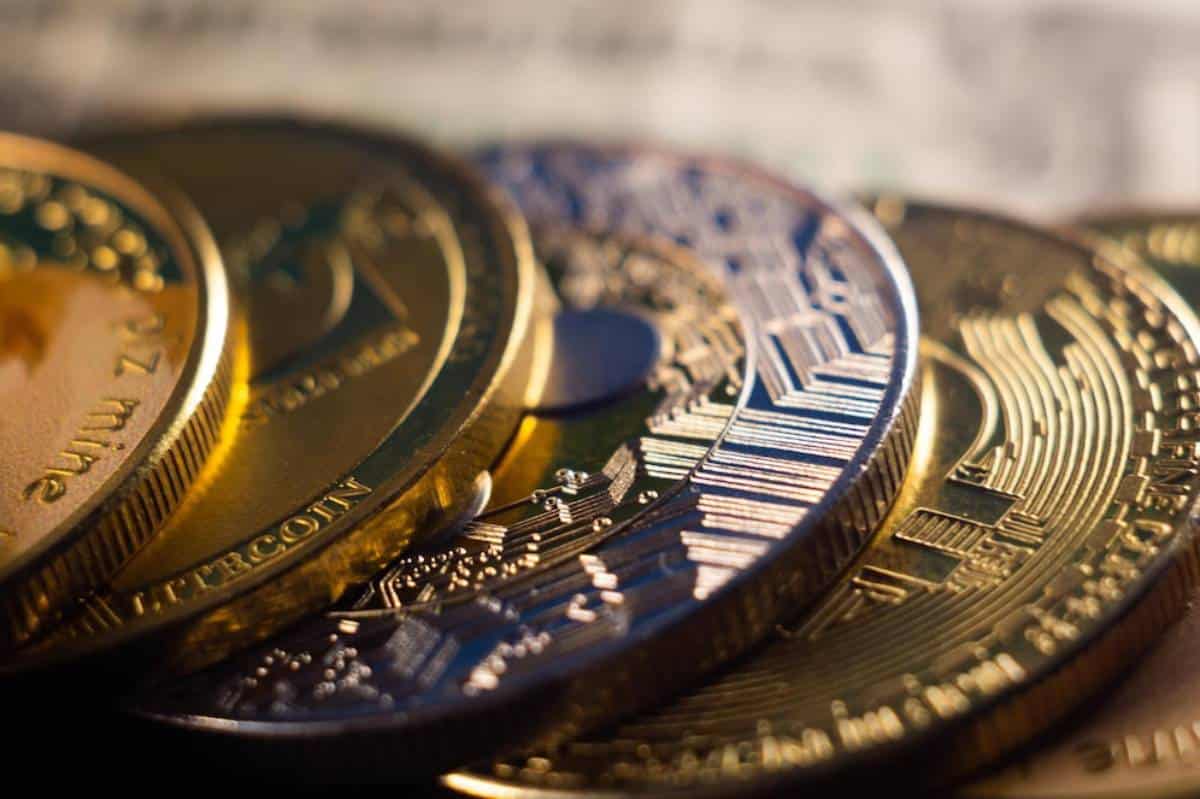
Diversifying with Altcoins: Strategy or Gamble?
In the ever-evolving world of cryptocurrency, Bitcoin and Ethereum dominate the headlines—but they’re far from the only options. Thousands of altcoins (alternative cryptocurrencies) have emerged, offering unique utilities, communities, and investment opportunities.
As more investors enter the space, many face a key question: Should I diversify my crypto holdings with altcoins, or is that just a risky gamble?
This guide dives into the heart of that question, offering clarity on altcoin diversification, how to approach it with a strategy, and where to tread carefully.
Why It Matters

Cryptocurrencies are known for their volatility, and altcoins often magnify that unpredictability. But they also represent some of the most innovative projects in Web3, DeFi, NFTS, and blockchain infrastructure.
Diversifying into altcoins can be a strategic way to:
- Tap into emerging technologies
- Hedge against Bitcoin dominance
- Maximise returns in niche sectors of the market
However, this strategy isn’t without risk. Some altcoins fail to deliver, become abandoned, or turn out to be outright scams. That’s why having a clear, well-informed strategy is essential before diving in.
Key Benefits of Altcoin Diversification
1. Broader Exposure to Crypto Innovation
Altcoins are driving blockchain’s future—from smart contracts to gaming, AI integration, and decentralised finance. Diversifying your holdings gives you access to these breakthroughs early.
2. Opportunity for Higher Returns
While Bitcoin might move 5–10% in a good week, some altcoins can double in value—or crash—overnight. Strategic allocation in well-researched altcoins could significantly boost portfolio growth.
3. Risk Mitigation Through Sector Diversification
Investing across different altcoin categories (DeFi, Layer-1s, privacy coins, etc.) helps reduce your exposure to any single project or technology failing.
4. Lower Entry Points
Many altcoins are accessible to smaller investors. You can build positions with relatively modest capital, unlike BTC or ETH, which require more substantial investment for meaningful exposure.
Additional Expert Tips & Common Mistakes to Avoid
Best Practices for Diversifying with Altcoins
Do Your Due Diligence
Research is everything. Look into:
- Team background
- Whitepaper and roadmap
- Community strength
- Partnerships and integrations
- Tokenomics and supply
Start Small and Scale Gradually
Begin with a small allocation of your overall crypto portfolio—typically no more than 10–20% for most retail investors. Expand as your understanding and risk appetite grow.
Use Tiered Investment Buckets
Group altcoins into categories:
- Tier 1: Large-cap projects with strong track records (e.g., Solana, Polygon)
- Tier 2: Mid-cap with strong upside potential (e.g., Arbitrum, Render)
- Tier 3: High-risk, early-stage or speculative tokens
This approach helps balance upside potential with risk control.
Track and Reassess Regularly
Markets move fast. What looks promising today might fade in a month. Regularly review your portfolio, and rebalance if a coin’s fundamentals weaken or its price action becomes too erratic.
Common Mistakes to Avoid
Chasing Hype Without Research
Just because a coin is trending on Twitter or Reddit doesn’t mean it’s worth buying. Blindly chasing pumps leads to costly lessons.
Over-Diversifying Into Too Many Coins
Spreading yourself too thin across dozens of altcoins makes tracking and managing your investments difficult. Stick to 5–10 well-researched picks.
Neglecting Security Measures
Some altcoins require the use of niche wallets or unfamiliar platforms. Always ensure your tokens are stored securely, preferably on hardware wallets or reputable custodial services.
FOMO Buying at All-Time Highs
Buying after a massive price spike is often a recipe for regret. Wait for pullbacks or accumulation zones if you’re eyeing an entry.
Advanced Insights and Expert Recommendations
Dive into Sectors, Not Just Tokens
Instead of focusing solely on individual coins, consider diversifying by sectors or ecosystems. For example:
- Layer 1s (Smart Contract Platforms): Ethereum, Avalanche, Cardano
- Layer 2 Scaling Solutions: Arbitrum, Optimism
- DeFi: Aave, Uniswap, Curve
- Web3 Infrastructure: Chainlink, The Graph
- Gaming & Metaverse: Immutable, Gala
- Privacy Coins: Monero, Zcash
This lets you benefit from broader industry growth while reducing risk from single-token failures.
Understand Correlation with Bitcoin
Altcoins tend to follow Bitcoin’s movements, often exaggerated. During bull markets, they outperform. During crashes, they often suffer worse. Use Bitcoin’s momentum as a barometer for entry and exit timing.
Consider Staking and Yield Opportunities
Some altcoins offer passive income through staking or liquidity mining. While returns can be attractive, always weigh platform security and token inflation risks.
Watch for Regulatory Impact
Not all altcoins will survive increased scrutiny from regulators. Stick to projects with transparent governance, decentralised models, and legal compliance where possible.
Keep in Mind
Here’s your final checklist for success:
- Match altcoin exposure with your risk tolerance
- Focus on quality over quantity
- Diversify across sectors and ecosystems
- Stay updated and reevaluate frequently
- Don’t invest more than you’re willing to lose
Building a Smarter Altcoin Strategy

Altcoin investing can absolutely be a strategy when approached with discipline, research, and a long-term view. But it quickly turns into a gamble when driven by emotion, hype, or a lack of understanding.
Altcoins represent innovation, but they also carry risk. By treating them as part of a structured crypto investing strategy, you put yourself in a position not just to participate but to thrive.
Ready to build your altcoin portfolio with confidence? Stay informed, stay strategic—and remember: not all that glitters is digital gold.
